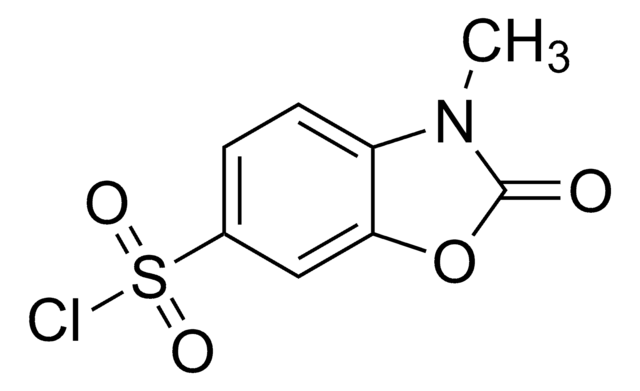The U.S. Geological Survey (USGS), under contract to NIST, obtained partially dehydrated sewage cake material from the Metropolitan Denver Sewage Disposal District No. 1. The material (approximately 182 kg) was placed in plastic-lined drums and transported to the USGS facilities (Lakewood, CO) for processing. It was dried at ambient temperature in a forced air chamber, ground to pass a 74 µm (200 mesh) sieve, blended for 24 h to assure homogeneity of the pulverized material. Test samples were taken from the blender for preliminary homogeneity analyses. The material was then radiation sterilized. The sterilized material was shipped in bulk to NIST, where the material was bottled in 40 g units after reblending for 4 h.
Recommended Products
grade
certified reference material
Quality Level
packaging
pkg of 40 g
manufacturer/tradename
NIST®
application(s)
environmental
format
matrix material
Related Categories
General description
SRM 2781_cert
SRM 2781_SDS
Application
Features and Benefits
- Accompanied with certified mass fraction values for elements that are metrologically traceable to the SI unit for mass expressed as percentages or milligrams per kilogram.
- Reference mass fraction values are provided, along with both elemental and organic constituents, which are noncertified values serving as the best estimates of true values.
- Information mass fraction values are also provided for organic constituents.
- Expiration details, storage, and instructions for use are provided on the NIST certificate.
Other Notes
Arsenic (As), Nitrogen (N), Cadmium (Cd), Chromium (Cr), Copper (Cu), Lead (Pb), Mercury (Hg), Molybdenum (Mo), Nickel (Ni), Selenium (Se), Silver (Ag), Zinc (Zn)
Reference/Informational value is provided for the following analytes.
Beryllium (Be), Aluminum (Al), Calcium (Ca), Iron (Fe), Magnesium (Mg), Phosphorus (P), Potassium (K), Silicon (Si), Sodium (Na), Titanium (Ti), 1,3,4,6,7,8-Hexahydro-4,6,6,7,8,8-hexa-methyl-cyclopenta-(γ)-2-benzopyran (HHCB), 7-Acetyl-1,1,3,4,4,6-hexamethyltetralin (AHTN), 5-Acetyl-1,1,2,6-tetramethyl-3-isopropylindan (ATII), 4-Acetyl-1,1-dimethyl-6-tert-butylindan (ADBI), 6-Acetyl-1,1,2,3,3,5-hexamethylindan (AHMI), Perfluorohexanoic Acid (PFHxA), Perfluoroheptanoic Acid (PFHpA), Perfluorooctanoic Acid (PFOA), Perfluorohexanesulfonic Acid (PFHxS), Perfluorooctanesulfonic Acid (PFOS), Perfluorooctane Sulfonamide (PFOSA), γ-hexabromocyclododecane (γ-HBCD), γ-hexabromocyclododecane (γ-HBCD), γ-hexabromocyclododecane (γ-HBCD), Aluminum (Al), Barium (Ba), Cadmium (Cd), Calcium (Ca), Chromium (Cr), Copper (Cu), Iron (Fe), Lead (Pb), Magnesium (Mg), Manganese (Mn), Nickel (Ni), Silver (Ag), Vanadium (V), Zinc (Zn), Perfluorononanoic Acid (PFNA), Perfluorodecanoic Acid (PFDA)
See certificate for values and more details at nist.gov/SRM.
Legal Information
related product
Storage Class Code
13 - Non Combustible Solids
WGK
WGK 3
Flash Point(F)
Not applicable
Flash Point(C)
Not applicable
Choose from one of the most recent versions:
Certificates of Analysis (COA)
It looks like we've run into a problem, but you can still download Certificates of Analysis from our Documents section.
If you need assistance, please contact Customer Support.
Already Own This Product?
Find documentation for the products that you have recently purchased in the Document Library.
-
From where was this fine sludge procured?
1 answer-
Helpful?
-
Active Filters
Our team of scientists has experience in all areas of research including Life Science, Material Science, Chemical Synthesis, Chromatography, Analytical and many others.
Contact Technical Service






